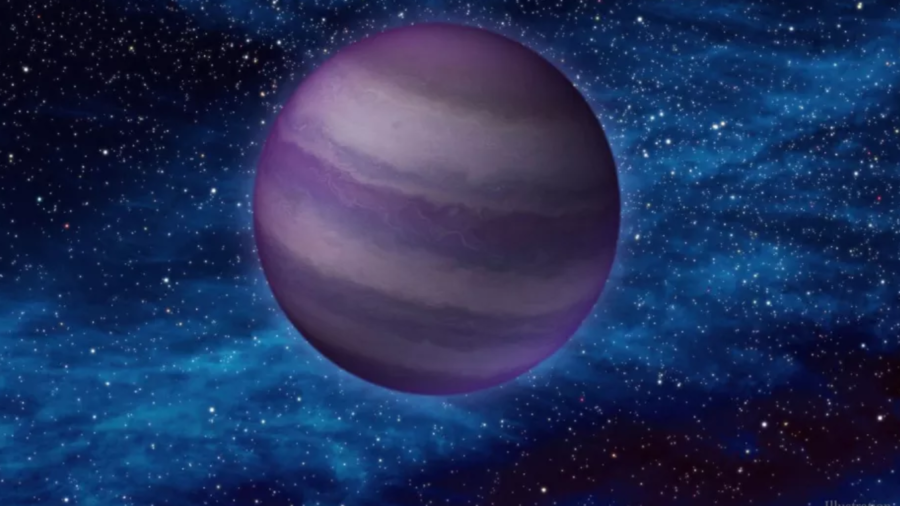An Accidental Discovery
October 28, 2021
Stars, Planets, and Dwarfs– Oh my? Not the mythical guys that go around mining, but planetary dwarfs. Believe it or not, Dwarfs are an actual term in Astronomy. Dwarfs of many kinds exist in space and even in our solar system. Fun fact! One of the many dwarfs is actually Pluto! Dwarfs range in color and size usually from white to red and most importantly, brown.
Brown dwarfs, compared to other dwarfs, are celestial objects smaller than small stars, but larger than most planets. It is believed to form as stars do, from collapsing clouds of gas and dust. They are sometimes called failed stars as they are not dense enough to initiate nuclear fusion, leaving them much dimmer and cooler than stars. As of now, brown dwarfs are the main focus. This is where “The Accident” comes in.
“The Accident,” formally known as WISEA J153429.75-104303.3, is located about 50 light-years from Earth and spins at about half a million mph (800,000 kph), which is faster than all other brown dwarfs discovered at a similar distance from Earth, according to NASA. It was discovered by citizen scientist Dan Caselden, who was using an online program he built to find brown dwarfs. Using ground-based telescopes, researchers attempted to observe “The Accident” at additional infrared wavelengths. However, the brown dwarf appeared so faint that it was undetectable, confirming it is in fact very cold, and therefore very old. Furthermore, given its fast spin speed, researchers estimate that this dwarf has occupied the galaxy for a long time, having encountered massive objects that accelerate the brown dwarf with their gravity. With that being said, the properties of the dwarf didn’t really seem strange anymore. Scientists are now realizing that the “strange” properties are only because of the dwarfs’ age.
Federico Marocco, an astrophysicist at IPAC at Caltech who led the new observations using the Keck and Hubble telescopes, was amazed at what this dwarf showed him and other scientists as well.
“We expected that brown dwarfs this old exist,” said Federico. “The chance of finding one so close to the solar system could be a lucky coincidence.”
Although dwarfs are not really suitable for life because of the fact that they are failed stars, they do act as support for other planets. They are warm enough for planets around them to have liquid water. With that being said, only planets orbiting these dwarfs are really “suitable” for life.
Observations of “The Accident” also show the object contains low levels of methane, compared to most other brown dwarfs as well. According to NASA, methane, composed of hydrogen and carbon, is common in most brown dwarfs that have a temperature similar to “The Accident.” The light profile of “The Accident” suggests it contains very little methane. This just adds to why dwarfs are not suitable for life. When humans are exposed to methane, too much of it can kill a person. Since the planet has very low levels of methane, staying on this ‘failed star’ for too long would prove to be very lethal.
With that being said, not only is this discovery a way for scientists to better understand our solar system, it’s also a way for them to keep exploring space no matter what. Seeing that this dwarf is possibly as old as our Solar system, scientists think that there are even older dwarfs out there. Even though they aren’t suitable for living, discovering these dwarfs will not only give scientists a better understanding of what’s going on in the distant universe, but it will even give us an understanding of what is happening around us in space as well.
